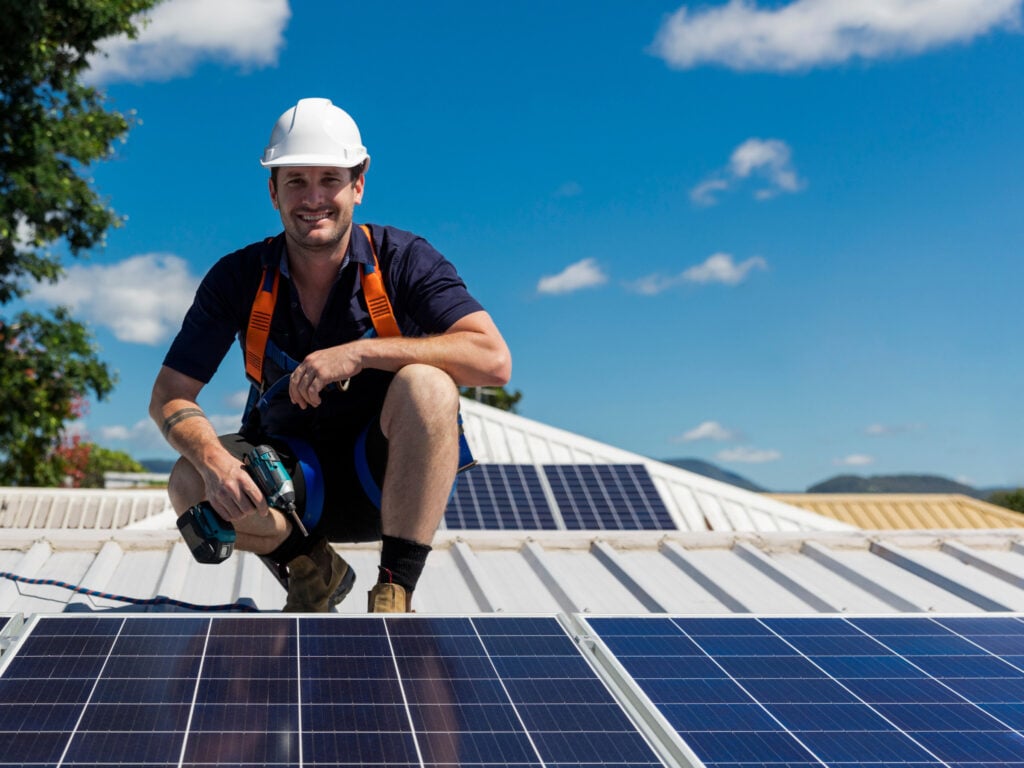Need to find out how long these Enphase batteries take to charge from mains as 7p per unit for charging on octopus sounds like it might be good, but it's only for approx 6 hours per night.
Thinking splurge the extra on the 10, so that I can charge overnight (if quick enough) hopefully a little left over to draw from the sun during the day and then push back to grid at peak anything we don't use
Am I doing this right lol?
Yep, assume you have an Ev to be mentioning 7p units.
Just check the inverter and batteries to see which will be the limiting factor.
Most inverters will charge at their headline rate, so 5kw inverter will be able to charge batteries at 5kw.
Most batteries will charge at a decent rate, especially if its multiples, eg 4x3kwh. The odd ones that seem to charge slower tend to be single batteries even in high capacity.
Although they do seem to be fixing that.
Bear in mind you get conversion losses on AC to DC, so the 7p units on a full trip will be probably 90% or so efficient.
Generally DC from panels can be sent to the batteries as DC so you will see better conversion of spare solar charging batteries.
Its not 100% though so check the combinations.
Its no massive thing but it does affect the numbers a bit.
I see most manufacturers tend to quote stuff like upto 96% efficient, but thats IMO best case.
Inverters are more efficient closer to max, again not massively but when running on low output compared to max they are less efficicent. Most problematic ofc in winter when gen is low anyway.
Edit, just to go back to the batteries thing. Mine will charge at 3kw, but thats each. As I have 4 in theory the batteries can charge at 12kw, but my inverter caps out at 5.5kw
If I only had one battery it would be charge at 3kw, 2 or more will max my inverter.


